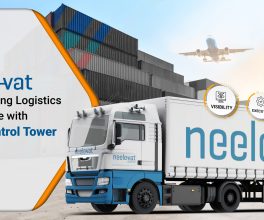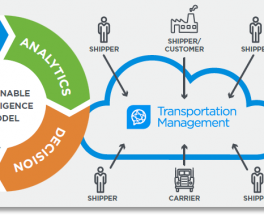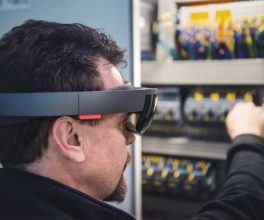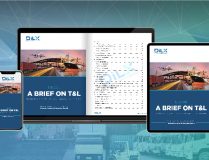Supply chain excellence plays pivotal while capturing the competitive edge in a global marketplace. Newgen customers need real-time updates of their orders. Where on the other side hundreds of turbulent events create volatility in supply markets, which reflects in the market growth. Creating a strategic business advantage out of these volatile environments requires real-time analytics from operational data to improve performance. This article aims to create a roadmap for supply chain excellence with the aid of analytics and enhance visibility in overall operations.
The Quest for the Best Customer Experience
As the dynamics of the supply chain have changed drastically in recent times, customer expectations are on a new height. The increased demand for visibility and access to information about each stage of the buying journey has transformed the business model across the industries. Hence, An exclusive customer experience wins the game.
There has been a major shift in the mindset of B2B and B2C customers who now look for an experience rather than a product while buying a commodity. The only way companies can deliver the desired customer experience is by adopting a data-driven approach to understand the customer better and on a rational scale. To improve the supply chain and transportation operations, brands require real-time insights that they can take action upon to keep up with the growing demands of customers.
Data Analytics to deliver Value
The major challenges of supply chain executives revolve around visibility, flexibility, and integration of global supply chains; demand volatility; and cost pressures. Cognitive data mechanized from Data-to-Insight and Insight-to-Action processes to offer supply chain executives better visibility, provide actionable insights with advanced actionable items; resulting in an agile supply chain processes that understand and learn from the outcome of the previous actions, with an objective to meet the organizational goal.
Real-Time Visibility
Real-time visibility is a must-have for any player to sustain in the supply chain industry today. The access to the exact location of the shipment is something that customers across industries and geographies ask for. The best way to integrate analytics for tracking is Tracking via direct API integration with a carrier or ELD/telematics device. This not only ensures high-quality location data but is economical too when compared to other options. Over and above all, the seamless integration with back-office data to the control tower dashboard brings a competitive edge while striving to achieve the higher OITF.
Predictive Analytics
Though real-time visibility has become the norm of the Transport & Logistics industry, sometimes it lacks to keep up with ever-increasing customer experience of on-time and fully transparent delivery. This becomes all the more difficult due to the complicated nature of the supply chain as it involves unforeseen conditions such as weather, infrastructural constraints or unpredictable geopolitical circumstances.
Predictive Analysis comprises of high-fidelity visibility tracking data with information on surrounding conditions that calculate an estimated time of arrival (ETA). The ETA is further updated in real-time in case of any changes. Having a dynamic ETA in place, a firm can modify plans before time based on potential delays or unexpected changes. This goes a long way to reduce inefficiencies and wasted costs including such as On Time In Full (OTIF) fines.
Keeping a Check: Prescriptive Analytics
Data aggregation would be rendered useless organizations are unable to form strategies to enhance the efficiency and effectiveness of their operations. Prescriptive analytics is probably the most important reason to have an adequate analytics system in place.
This not only goes a long way in helping one take a broader look at the supply chain but also enables you to predicts and resolves unexpected supply chain disruptions. Prescriptive Analytics is essential to achieve higher efficiency and reduced operational costs.
Conclusion
The challenge for the LSP ecosystem is to gain end-to-end visibility and control over exceptions while optimizing efficiency and achieve better OTIF scores. The solution lies in the cognitive data. In order to have an Intelligent yet agile Supply Chain in place, DiLX ORBIT offers the most suited features to seamlessly embed with your existing back-office system. It Orchestrates Data, People, and Processes to empower supply chain managers with visibility and exception-based monitoring, real-time alerts to exceptions, decision Support, Intelligent Recommendation, and seamless corrective measures.
The perfect set of wings that would take your Transport & Logistics business to the new heights. For more details or demo, write to us at sales@dilx.co
































